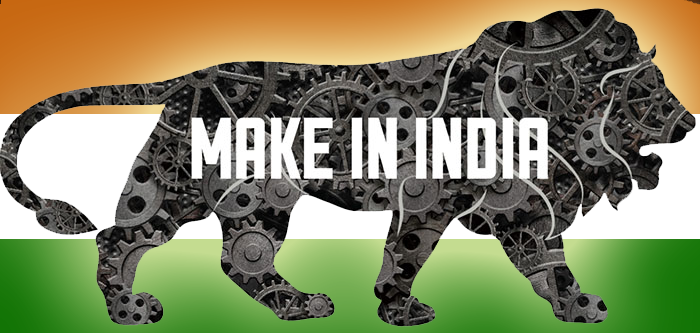By: Deepak Pahwa, Chairman, Pahwa Group and Managing Director, Bry-Air (Asia) | DATAQUEST | Friday, 10 July 2020

In the recent past, we have seen a significant drop in energy usage and the air we breathe becoming far more clean and fresh. Diligent usage of energy and conserving the mother nature has been at the forefront and Indians are actively ready to join the mission to do better for the earth and stand united in their commitment towards a greener planet.
The rise in awareness towards ‘green technology’ among the consumers and the brands has catalysed the demand for eco-friendly products and technologies. The COVID-19 pandemic and its awakening of conscious thinking, too, has brought back the focus of the entire world to the importance of harnessing the natural resources such as solar, wind and thermal and store them to meet the future requirements. For Indians too, energy consumption and storage has been an area of improvement and the government has been working with industry players to conserve energy through various different methods.
While on one hand we can see the whole EV revolution shaping up, enough has been written about energy storage mission put in motion by the Indian government on the other. And the current situation has only reaffirmed the need to pursue these goals at a faster pace than ever before. When we talk of energy conservation or energy storage and making India an EV first nation, one thing that is common between these two is the mode of storing the energy.. i.e. the batteries. According to a report released by Lux Research, the total energy storage market is expected to grow to $546 billion in annual revenue by 2035. The report estimates that the three main drivers of energy storage – mobility applications, electronic devices, and stationary storage – will reach an annual combined deployment level of 3,046 GWh over the next 15 years, up from the current 164 GWh, with mobility applications making up the lion’s share of the growth.
To conserve the power generated by these renewable sources ‘Lithium’ is a critical element used in the battery technology that underpins much of the world’s consumer electronics, electric vehicles and energy storage systems. The Lux Research report goes on to mention the key innovative technologies, such as solid-state batteries and flow batteries as they reach commercialization would be the major source of growth. For India to contribute its fair share in energy storage, local manufacturing of the Lithium batteries has to pick up the pace. This brings us to one of the major aspects that need to be taken care of, especially in India, i.e. The Weather. India has significant weather variations from region to region at a different time of the year. With heat ranging up to +40% in some regions, the environment control during battery production is much needed.
HVAC&R industry is playing the role of an important partner by providing economic environment control solutions and dehumidifiers would over. The reliance is primarily to source these solutions is on countries like US, or Japan. However, there are several indigenous companies that are manufacturing dehumidifiers locally and supplying them to the rest of countries including China. Made in India with pride for the rest of the world, with these low dew point, energy-efficient dehumidifiers Indian companies are making a mark in the global HVAC&R industry. The Indian heating, ventilation, and air conditioning HVAC market was valued at $3.9 billion in 2018 and is expected to register a CAGR of 7.0% during the forecast period. The market for HVAC systems in the country is majorly propelled by the growing construction industry and surging infrastructure spending. Over the years, the market has evolved and put in ample resources into Research and Development to come up with globally competitive energy-efficient products and solutions. This expertise of the Indian players in the HVAC&R industry has also served the consumers across the globe and also the ones global players who are setting up factories in India.
A solid push to India’s ‘Make in India’ initiative the expertise of the local players have been instrumental in the success of lithium-ion battery assembling and manufacturing plants. These plants require Dry Rooms – a plant that has several dehumidifiers installed to keep the area of assembling Li-ion cells into batteries and control the ratio of moisture in the air. And in India, the local dehumidification solutions providers have successfully delivered these dry rooms to these plants.
Furthermore, another key trend that is becoming popular in the Indian HVAC&R market is the adoption of energy-efficient conventional systems. The growth of the local players in the industry is led by their ability to produce such energy-efficient products and we are seeing the rapid launch of AI, ML built-in products that optimise the energy consumption based on the usage pattern. Highly customised, fit to measure the sort of products that fit right into the plant ensuring maximum throughput, lower greenhouse gas emission by lowering the overall demand for, and subsequently, production of electricity.
Indian players are making great strides in the energy storage, its conservation space.. and looking forward to playing a big part in the overall scheme of things under the green environment mission. With their nimble approach and agility, these players are making Make-in-India a reality for the world to see and take note of.




